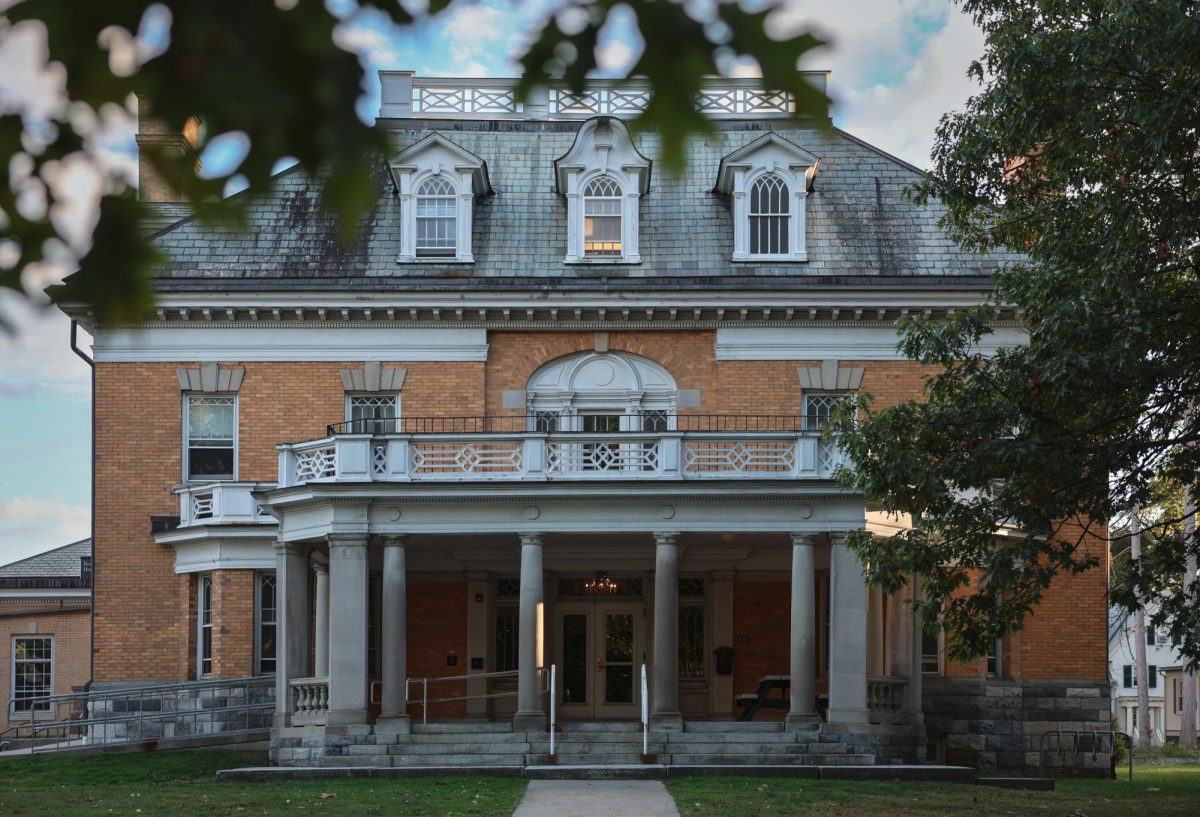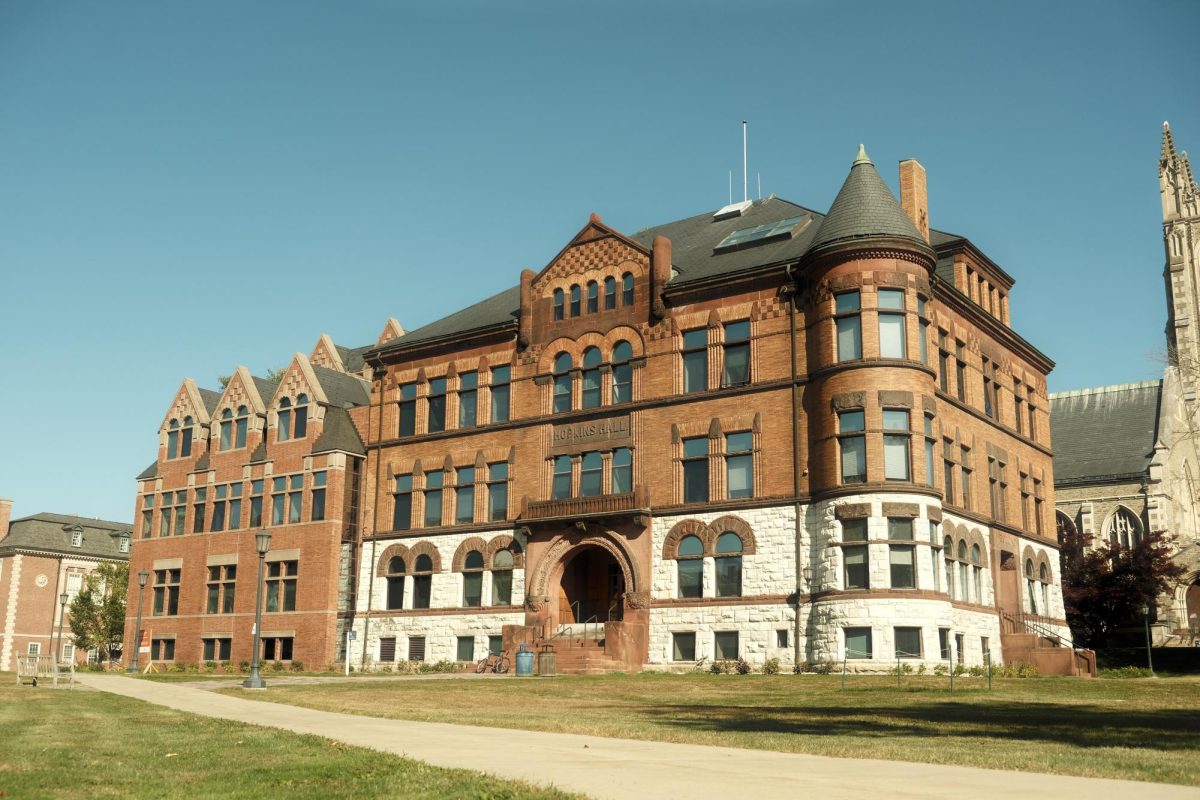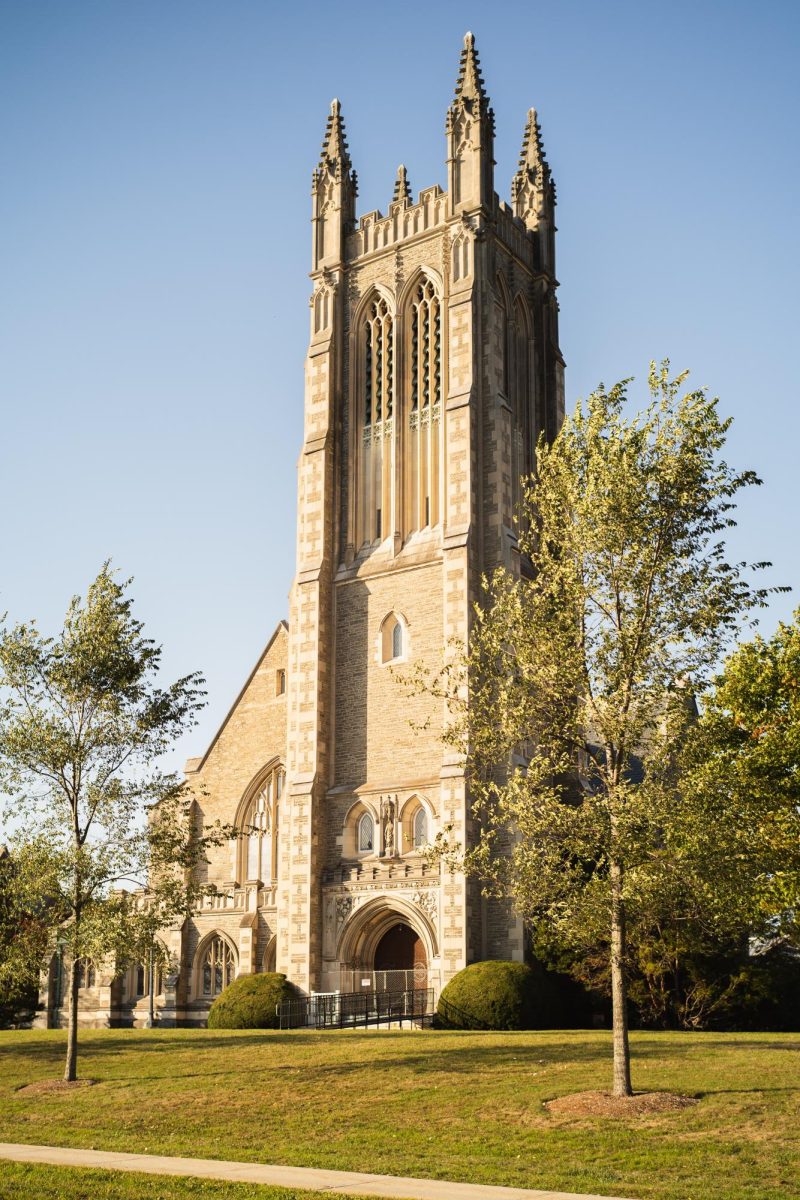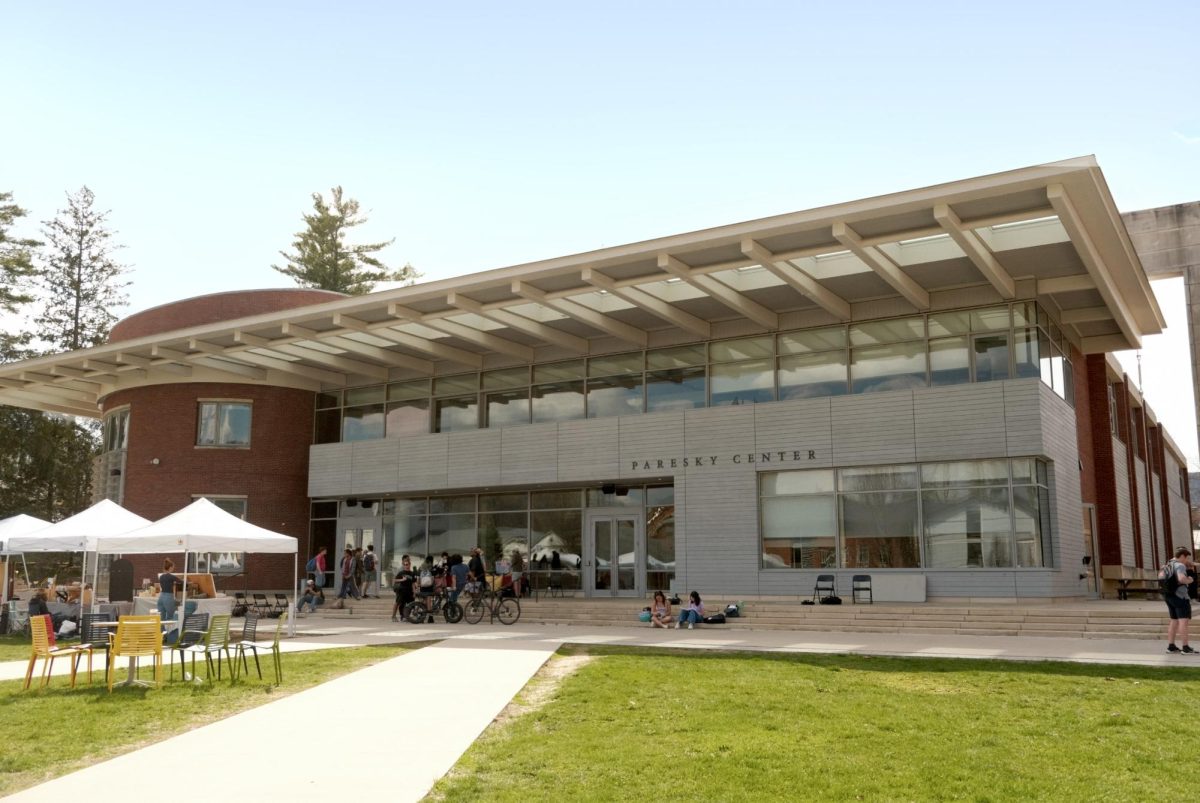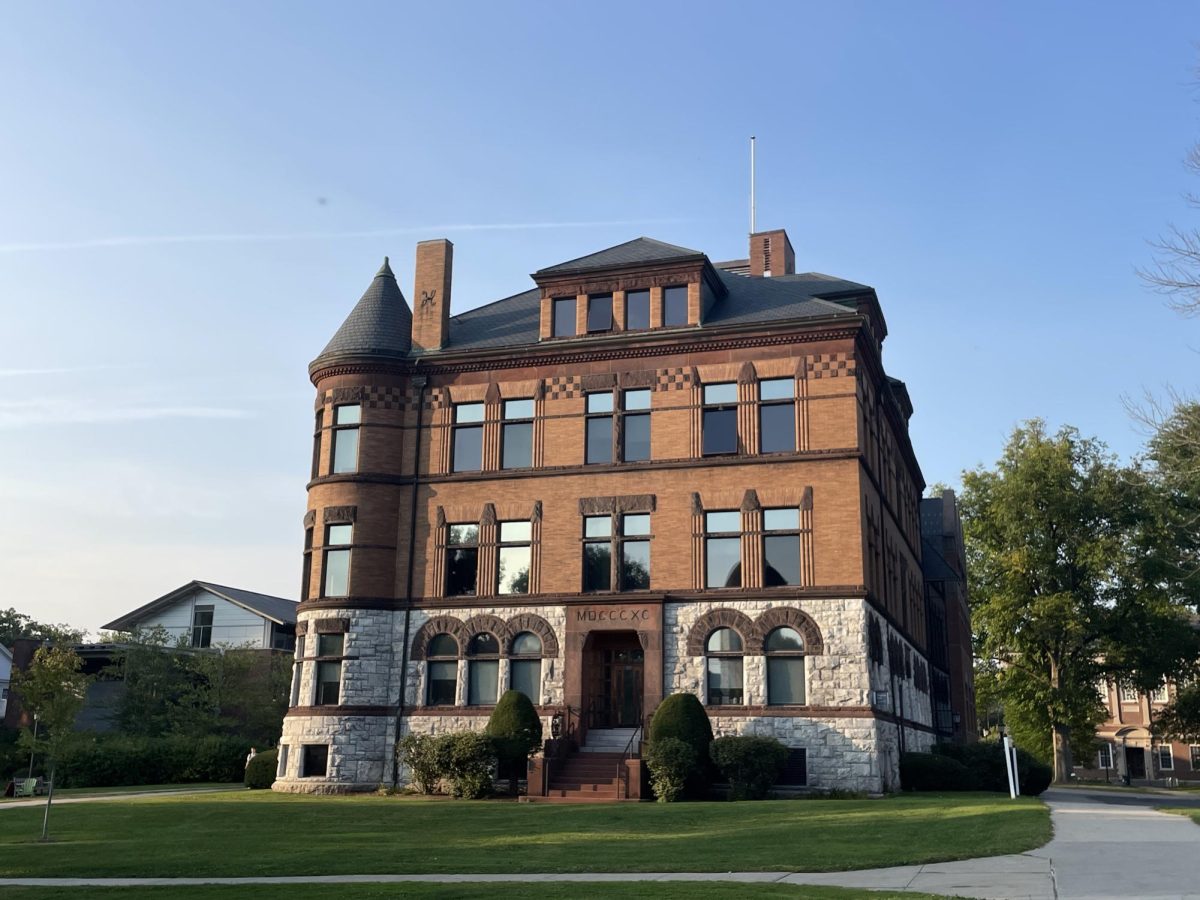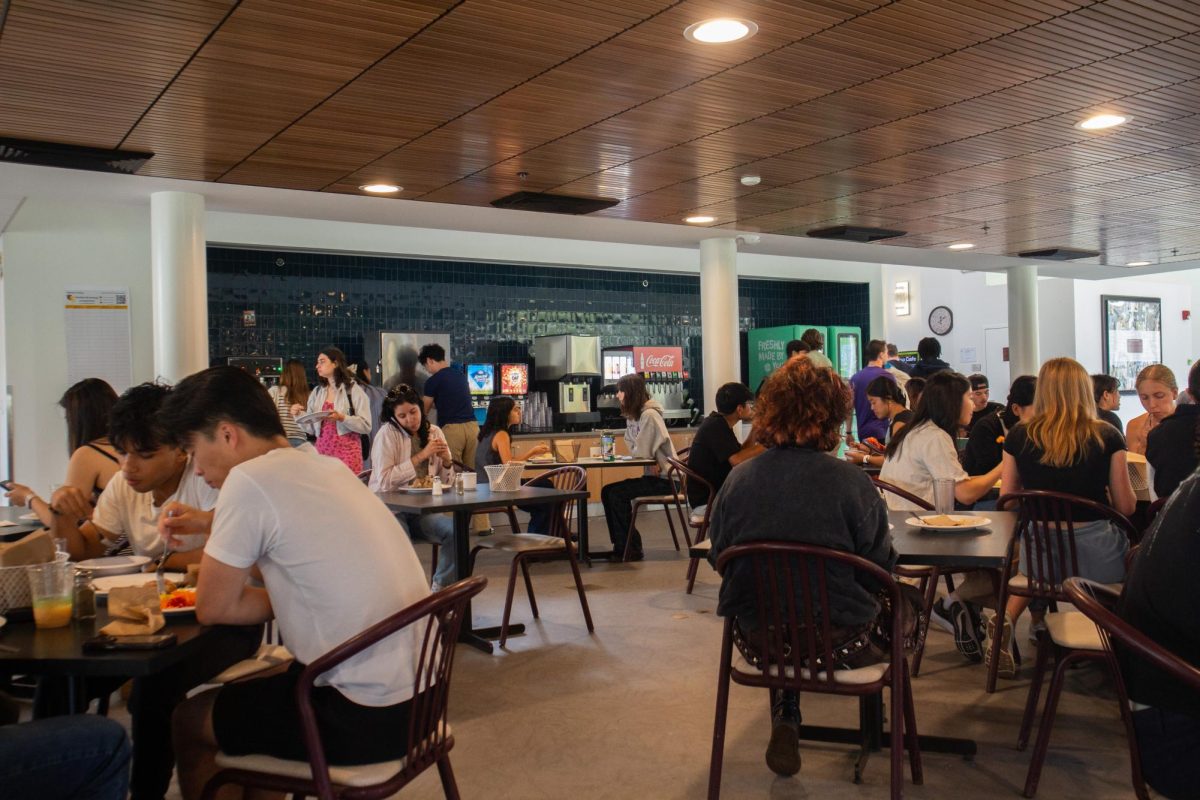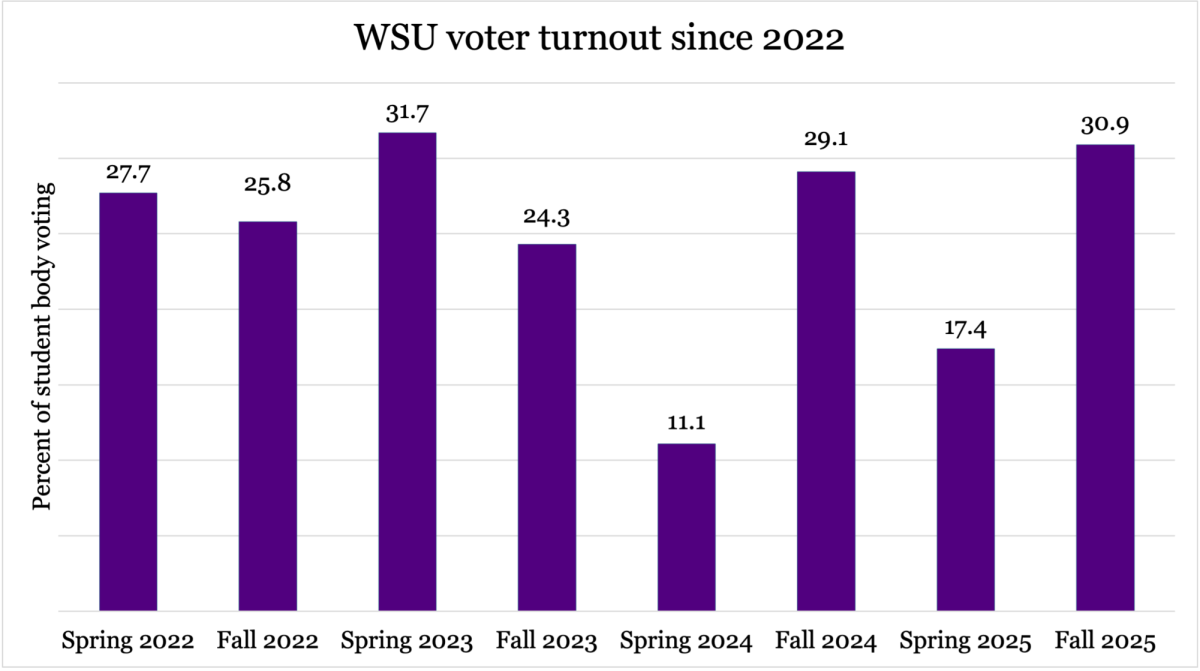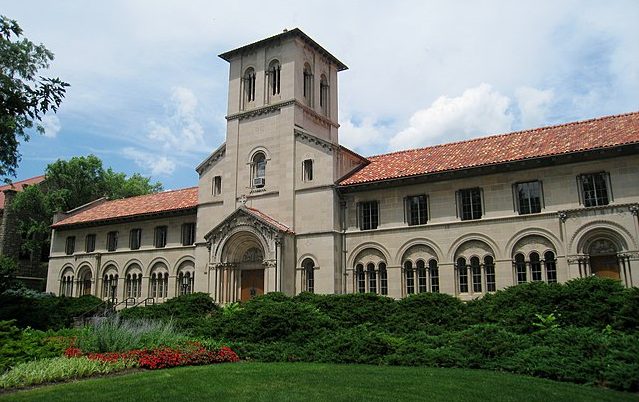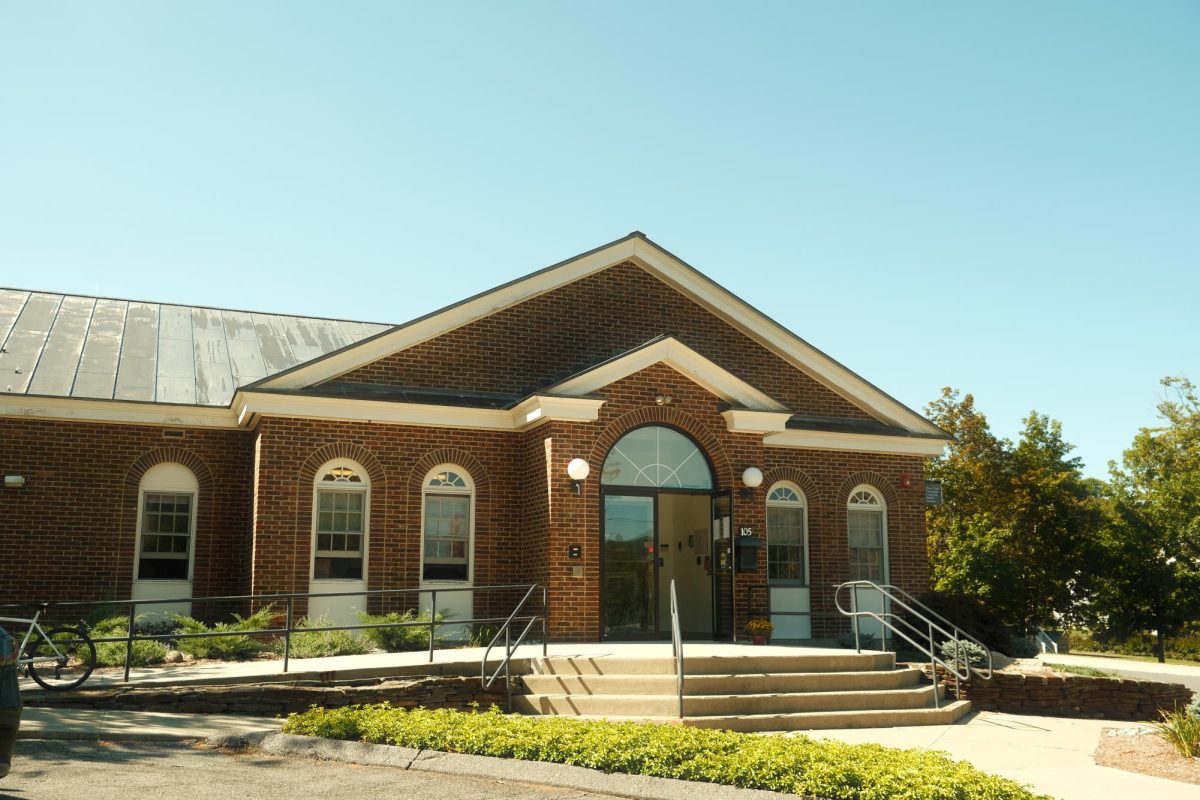“While the disproportionate effects of the climate crisis are starting to receive due media coverage in the current moment of heightened awareness, there’s a century-long relationship between environmental degradation and racial hierarchy that also deserves deeper exploration,” Maxine Burkett ’98 told her Zoom audience on Tuesday, Nov. 17. Burkett presented a lecture sponsored by the Center for Environmental Studies and the Class of 1960 Scholars Program in Environmental Studies, entitled “First Do No Harm: Climate Migration, Reparations, and the Guarantee of Non-Repetition.”
Burkett is a professor of law at the William S. Richardson School of Law, University of Hawai‘i, and a Global Fellow at the Woodrow Wilson International Center for Scholars. She is also a co-founder and senior advisor to the non-profit Institute for Climate and Peace, and has additionally worked for the Lancet Commission on Reparations and Redistributive Justice, an advanced seminar through the Harvard Medical School. In 2016, she received a Bicentennial Medal from the College for her work on climate-induced migration.
The first part of the lecture focused on the ways in which climate change is literally redrawing the map of the world. Burkett explained that, although we think of climate as interacting with the physical environment, our political maps determine our response to it. “Borders and jurisdictions … even affect our ability to mitigate the crisis because of the notion that these borders meaningfully delimit or define national interests in the face of something as total as climate change,” she said.
She then raised the example of the Republic of the Marshall Islands, which has lost habitable territory to sea level rise, to illustrate how many of the nations with the smallest contribution to climate change will suffer the harshest consequences. Climate change is a new type of driver for migration that our current migration laws are not equipped to handle, she explained.
Burkett discussed the weaknesses of law in response to climate change, pointing out that the law is not designed to be flexible and therefore struggles to respond to new challenges. She emphasized how different the world will be with 3 degrees Celsius of warming, and how our current legal system will not be adequate. She said a basic flaw in the legal system is that environmental law is cordoned off from other areas of law, and this compartmentalization must be removed in order to respond to new crises. “This shift doesn’t just necessarily require better environmental law,” she said. “It requires a whole new thinking about our socio-legal structures.”
In the third section of the lecture, Burkett presented her work on climate reparations, detailing how climate harm is unevenly distributed along racial and geographical lines. “The relationship between the global North and South needs to be repaired to enable solidarity in the face of mounting climate change,” she said.
Burkett provided six rationales for climate reparations: uneven contribution to harm, uneven experience of harm, a move towards right relationships, unequal abilities to adapt due to past harms, a wrongful accumulation of wealth and the need for a guarantee that harms will not be repeated. She highlighted the last point in particular: “Reparations claims should also include and emphasize this guarantee of non-repetition,” she said, “because it’s the most transformative element of repair: its capacity to effectuate meaningful change.”
Burkett then discussed the interconnectedness of racial hierarchy and climate change, referencing Jason Hickel’s scholarship on international aid to show how nations in the global North are enriching themselves off of those in the global South even while appearing to offer help. “Poor countries don’t need our aid, they need us to stop impoverishing them,” she said. “And similarly, I think that can be said and seen in the context of our own country.”
Burkett ended on a hopeful note, explaining that we can only end with a more just future when we know how we got to the present. “What I’m seeing from young people,” she said, “[is] a recognition that another world is possible, a different future is possible, and the story ends the way we determine it.”






